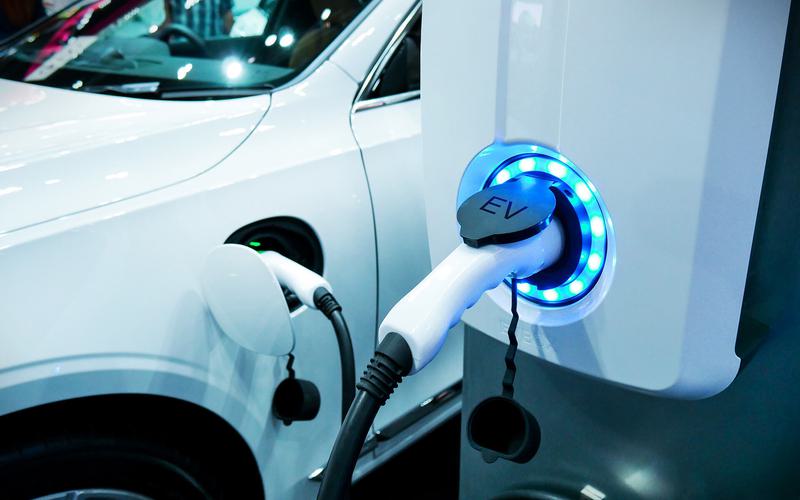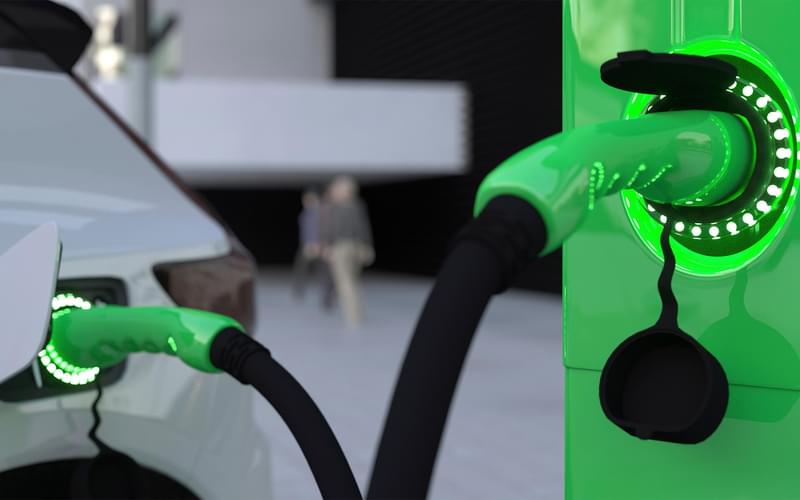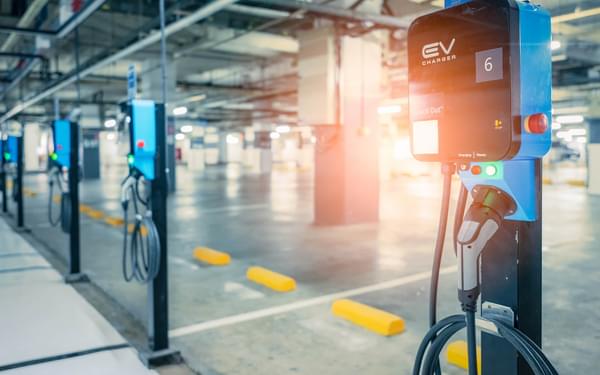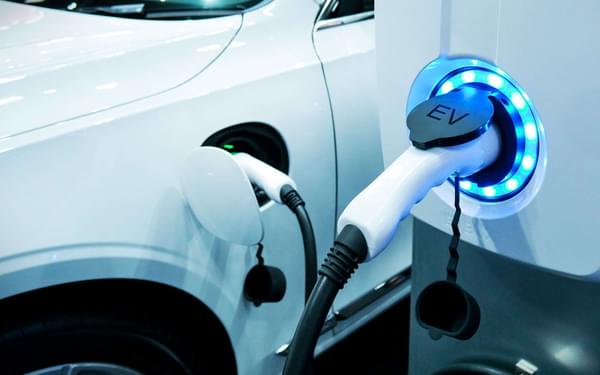Back to Articles
Navigating the electrifying world of EV charging investments: Making 'big data’ central to due diligence
16th Oct 2023
Bethan Clinton, senior mobility analyst at Hydrock, delves into the electrifying world of EV charging investments and underscores the critical importance of a thorough due diligence process informed by big data.
The electric vehicle (EV) revolution is underway with an estimated 900,000 fully electric cars on UK roads at the end of September 2023. With this comes a surge of investment opportunities in the rapidly expanding EV charging infrastructure sector.
As car manufacturers such as Volvo commit to phasing out internal combustion engine vehicles in favour of their eco-friendly counterparts, the demand for charging stations has skyrocketed. It's an undeniable fact: the future of transportation is electric.
However, amidst the promise and potential profitability of this expanding industry, there’s substantial risks lurking. These can catch even the most seasoned investors off guard.
Where EV charging infrastructure is concerned, to assume makes a …
Investing in EV charging infrastructure without a well-informed and strategic approach carries significant risks that can undermine potential returns.
The greatest threat lies in unprofitable charging points. Due to factors like insufficient demand, poor location choices or inadequate pricing models, these charging stations may fail to generate the anticipated revenue, leaving investors with underperforming or stranded assets.
EV charging infrastructure investments are risky, so it's important to do your research first. That means carefully studying the market, choosing the right locations, and developing a sustainable business model. If you do all that, you'll be well on your way to long-term success and profits.
Many charge point operators (CPOs) in the electric vehicle charging infrastructure sector rely on simplistic and overly optimistic spreadsheet models based on broad assumptions to forecast utilisation and revenue. While these models may appear appealing due to their ease of use, they fall short in accurately predicting the complex dynamics of EV charging demand.
Factors such as varying land use, fluctuating consumer behaviour and evolving EV technology all significantly impact the actual performance of charging stations. Relying solely on spreadsheet models can lead to misleadingly positive projections, potentially luring investors into underestimating the true risks associated with their investments.
As the industry matures, it becomes increasingly crucial for investors to consider more sophisticated, data-driven forecasting methods that account for the multifaceted variables at play in the EV charging ecosystem.

Layer upon layer of data
In today’s world, there’s a wealth of big data sources that can provide invaluable insights for robust EV demand predictions.
Mobile data, for instance, offers a treasure trove of information on user mobility patterns. It reveals when and where people tend to travel, highlighting areas of high potential EV charger demand.
Journey distance data complements this by tracking the distances covered by EV drivers, helping to estimate battery usage and identify charging station needs along common routes.
Dwell time data informs us about how long users stay at a particular location, essential for understanding the optimum charger rating and whether there’s a need for overstay charges to encourage turnover. Additionally, arrival-departure profiles tailored to different site uses offer a granular view of when EV users typically arrive at and depart from specific locations, enabling precise charger allocation and ensuring availability when it’s needed most. This data also supports accurate assessments of peak electrical load and its impact on the grid network.
Amalgamating these data sources creates more accurate and responsive EV charging demand models, facilitating the seamless growth and optimisation of charging infrastructure in our increasingly electrified world.
Data-driven EV forecasting models play a pivotal role in critically assessing and refining a CPO’s EV charging strategy. These models are particularly adept at identifying strategic flaws, such as over-provisioning of kW rating in areas where consumers primarily require overnight parking without extensive charging needs, such as on-street parking in residential zones. While this over-provisioning may not necessarily deter investment, it does mean we need new strategies to optimise resources and increase revenue — it’s a great opportunity for innovation.
Implementing overstay charges would be one such example, encouraging turnover in charging spots by incentivising users to unplug their vehicles once fully-charged. This approach promotes more efficient use of infrastructure while adding an additional revenue stream for the CPO.
Drive and thrive
Data-driven insights and responsive strategies like these are how the EV charging industry can adapt to the diverse needs of consumers and thrive in an ever-evolving landscape.
As well as meeting the financial goals of investors and CPOs, there’s also a need to more holistically meet the wider goals of landowners or leaseholders, particularly where EV charging is not the site’s primary purpose. Understanding consumer behaviour looks beyond forecasting revenue generation from EV charging and encompasses meeting diverse and nuanced goals.
For example, Hydock has been delivering EV consultancy to Travelodge, supporting the business with prioritising the overall guest experience and their reputation alongside financial gains at their sites. In the hotel and leisure sector, providing adequate parking and tailored EV charging provisions that align with the length of a guest's stay is paramount. Guests need to trust that they’ll find convenient charging solutions, should they need it. By acknowledging the multifaceted needs of consumers and integrating them into the charging infrastructure strategy, businesses can enhance customer satisfaction, strengthen brand loyalty and contribute to the broader goal of promoting sustainable and convenient EV adoption.
In this rapidly growing sector, a holistic approach that considers both financial and non-financial objectives is key to long-term success and will ultimately ensure the investment in the appropriate infrastructure in the appropriate places.

A broad, comprehensive risk assessment for EV infrastructure
It’s crucial to recognise that this industry presents a broader spectrum of risks that extend beyond the balance sheet, such as fire risk (particularly in underground and multi-storey car parks) and risk of overloading the grid network with high electrical loads.
A comprehensive assessment of risk is essential, encompassing financial, operational and safety considerations to foster the sustainable growth of EV charging infrastructure. Securing experienced and innovative utilities and fire consultants is a key step to success.
Hydrock, an integrated engineering design, energy and sustainability consultancy, offers essential insights into EV charging demand using our simulation-based EV forecasting model, StratEV®, which combines tried-and-tested transport modelling methods and advanced data-driven processes.
Built on big data, this type of evidence-based forecasting is the compass that helps navigate the complexities of the electrified future of transportation.














